
Pachinko cast and crew on the meaning of Korean immigrant story the Apple TV+ K-drama depicts – ‘iconic for our community’, says co-director
- Apple TV+ drama series Pachinko tells the story of a family of Korean immigrants living in Japan, stretching from the 1920s to the 1980s
- Indie film auteurs Kogonada and Justin Chon co-direct and the series stars Lee Min-ho and Oscar winner Youn Yuh-jung, who was ‘amazing’, producer Soo Hugh says
Pachinko, an eight-part series launching March 25 worldwide on Apple TV+, has a strong pedigree.
“In a way, it’s the story of every Korean family,” Soo tells the Post in a Zoom call. “I was born in Korea and moved to America as a baby when my parents emigrated. This is a story of my family.”
“It’s an iconic piece of work for our community,” Chon says. “I’m constantly examining Korean experiences in this country, so this was a different way to explore what is an incredibly compelling history.”
“Pachinko captures a history that hasn’t often been told,” Kogonada agrees. “Certainly not in the West. I was so excited Justin was a part of this project, because he’s already made three films about the immigrant experience from an Asian perspective.”
Pachinko, Apple TV+ melodrama about Korean identity set in Japan
When Soo adapted Min Jin Lee’s bestselling novel, she decided to add characters and plot lines while mixing up time frames.
“I felt telling it linearly wasn’t the right way to go,” she explains. “The show really came to life for me when I realised, wait a minute, what if I cross-cut between the past and the present? What if this is more of a conversation between generations?”
Soo split directing duties between Kogonada (episodes one, two, three and seven) and Chon (four, five, six and eight). Their different styles and emphases broaden the scope and depth of Pachinko.

“If you’ve seen our films, you know we are definitely different filmmakers,” Chon says. “But the way this show’s designed allows both of us to sort of coexist in the same universe, which is incredibly exciting.”
“It’s not as if our unit shot everything first, and then the next unit came in and shot,” Kogonada adds. “We were literally shooting it like it was one epic film. Most of the crew worked with both of us. Outside of tying our feet together and making us direct at the same time, it felt like we were a team on this.”
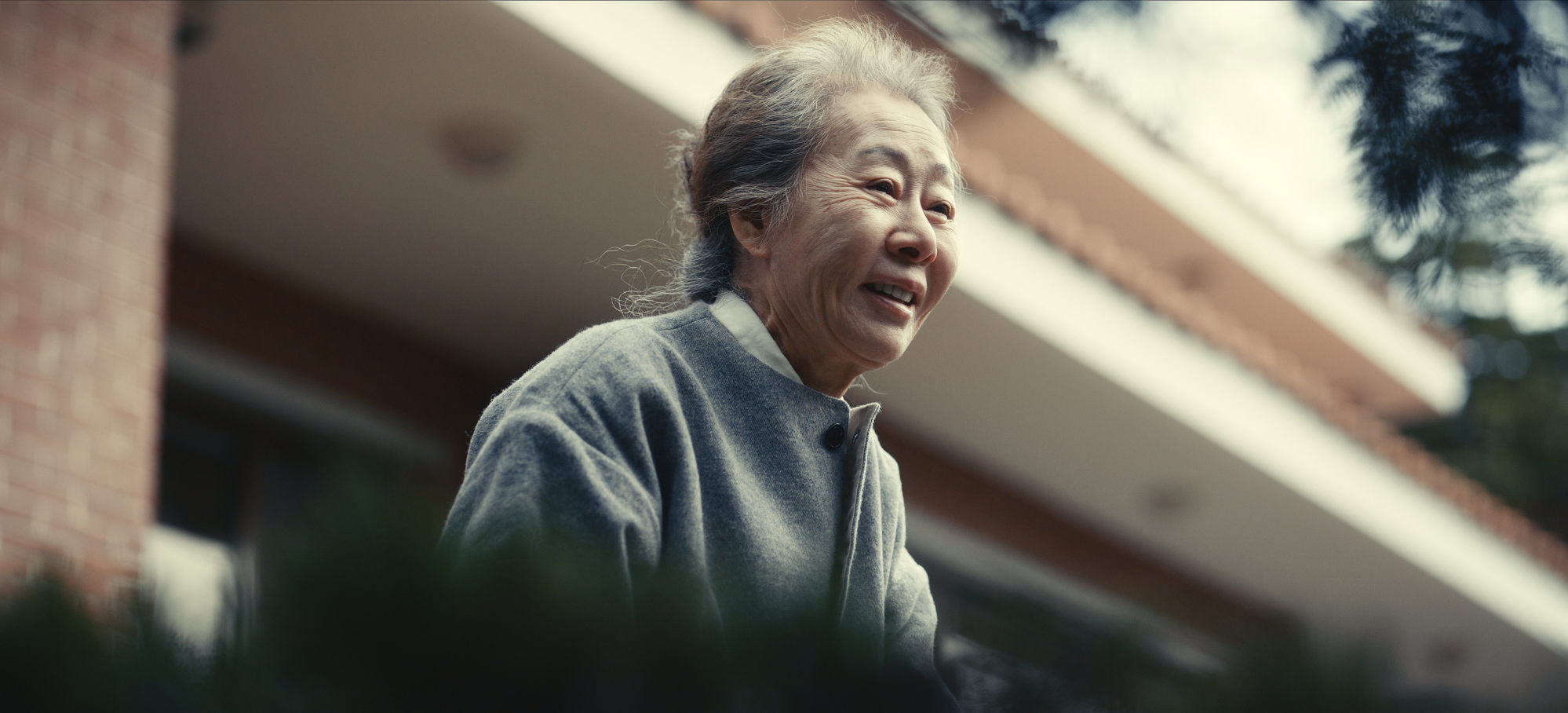
Pachinko locations range from harbourside markets in Busan to the Korean slums of Osaka. The series extends from the 1920s to scenes in Tokyo and New York set in 1989. Characters switch from Korean to Japanese to English, sometimes in the same sentence.
“Language was a real challenge,” Soo laughs. “When you realise how slippery language is, it’s amazing that we can communicate at all.”
The series expands Hansu’s role, showing how the Great Kanto earthquake, which struck Honshu, Japan in 1923, shaped his later life. Understanding his past may make it easier for viewers to accept his choices in the present.
8 new Korean drama series to look out for in March 2022
“We asked a lot of questions about Hansu in the writer’s room,” Soo reveals. “Who is he? How did he become this way? Then I learned about the Kanto earthquake, and what happened to Koreans afterwards. Imagine you were a young man witnessing that. It would change you profoundly.”
“Hansu didn’t have any options to choose from,” Lee points out. “He had to strive really hard to survive. I could relate to him in that regard. While we were filming I thought back about myself, where I stand right now, and thought, how I can strive going forward?”
When the young Sunja falls in love with Hansu, it forever changes her destiny. It’s a choice role for newcomer Minha Kim, cast after an open audition.

“Minha has this raw intensity,” Kogonada says. “In her audition she wasn’t afraid to express emotions. It wasn’t calculated. Sometimes when actors cry, they still want to look pretty. She was in the moment, not aware of how she was going to be lit or anything. We all found that rawness appealing.”
Kim credits Lee with helping her prepare for their love scenes. “We got to know each other in a personal way, we became very comfortable together,” she says. “Sunja and I are both fragile, but resilient. Those were the two key words I wanted to keep in mind while portraying her.”
In the novel, Sunja is an astonishing character, a woman of no standing who refuses to surrender to bigotry or war to keep her family together.
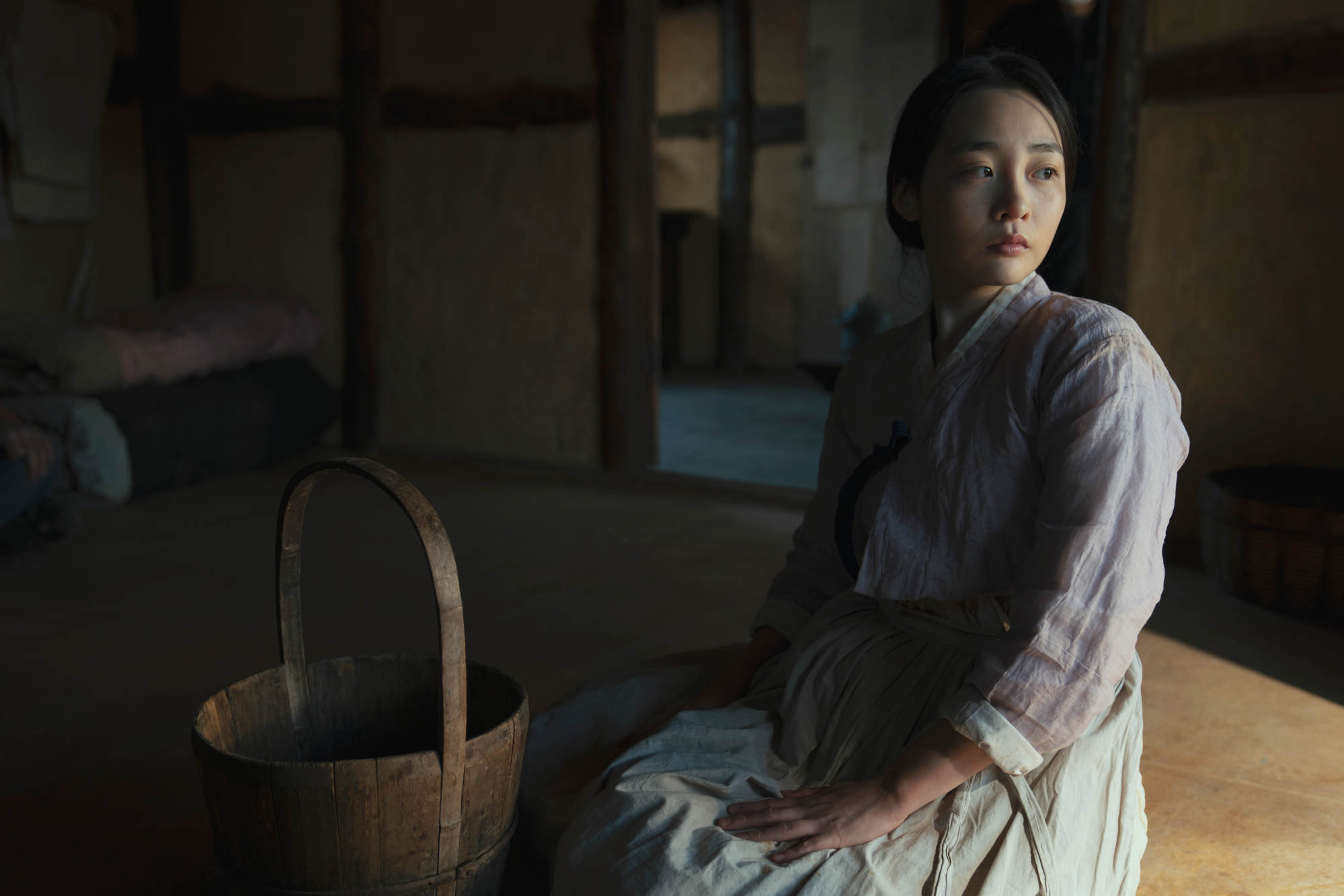
“Sunja has to fight other people, she’s confronting a lot of difficult situations and facing a lot of obstacles,” Kim explains. “She has to fight her fate, her society, the world. … It was much more difficult to perform as a mother; it was hard for me to figure out how a mother behaves.”
Central to the series is the work of Youn Yuh-jung. A fixture in Korean culture, Youn plays Sunja in her later years, as she faces up to how her choices have affected her family. Youn alternates between tenderness and searing intensity, hiding her pain from the people she loves.
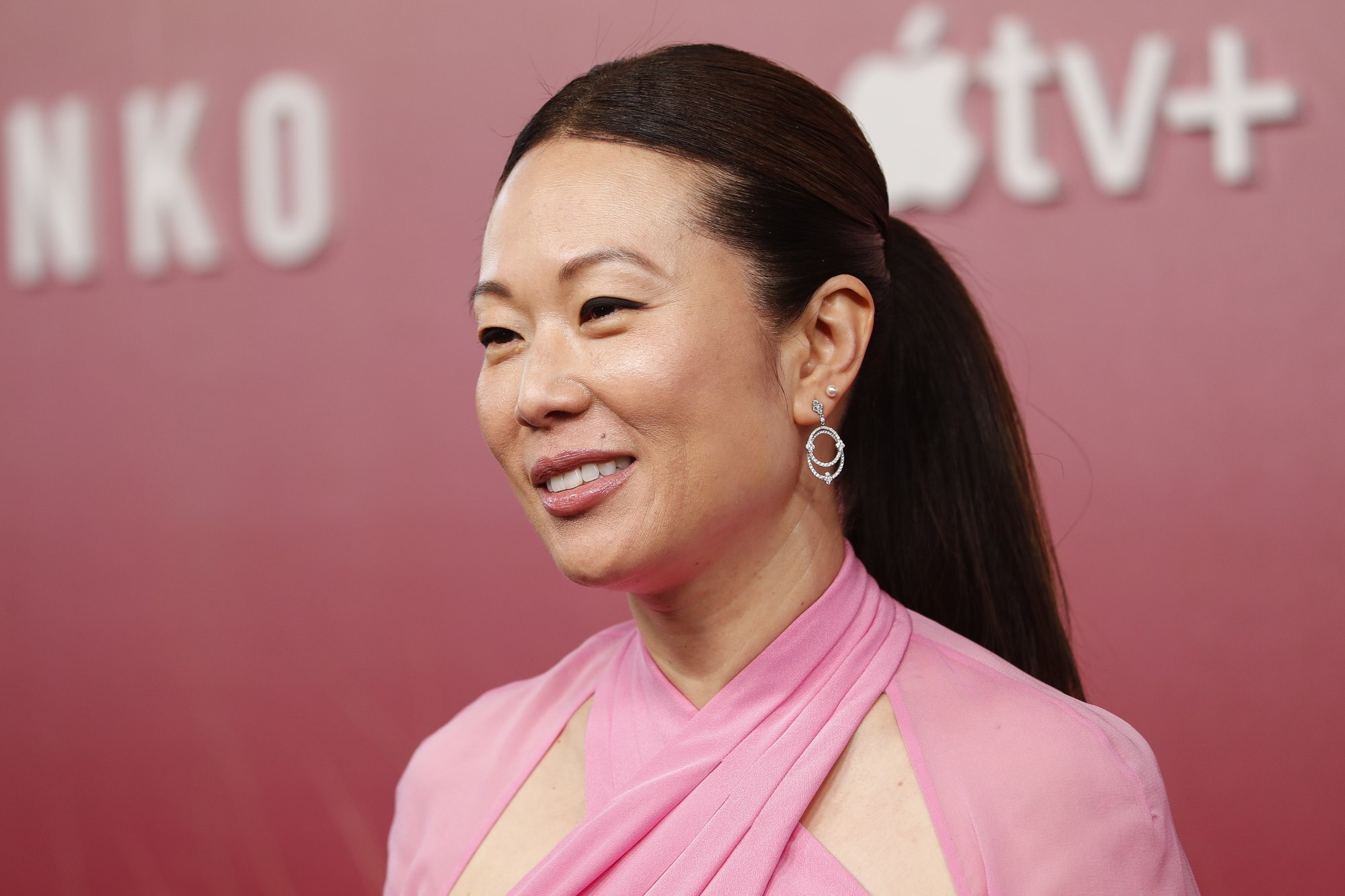
“What I find so fascinating about Y-J is the questions her performance raises,” Soo says. “She plays Sunja in such a sophisticated way, you wonder how the teenage Sunja becomes the older woman. She makes you care for her, you really want to find out what happened in her life.
“What’s amazing about Y-J is that she’ll do different things in different takes, each one worthy of its place in the story. It’s an embarrassment of riches because you can edit her in different ways and each one will be good. She has a creative muscle that flexes so easily, it’s like she’s an athlete.”
Soo also praises how committed both cast and crew were to the project. “This show was just too hard,” she says. “If you just wanted a job, there are much easier shows to do. You only do this because you feel it in your bones.”
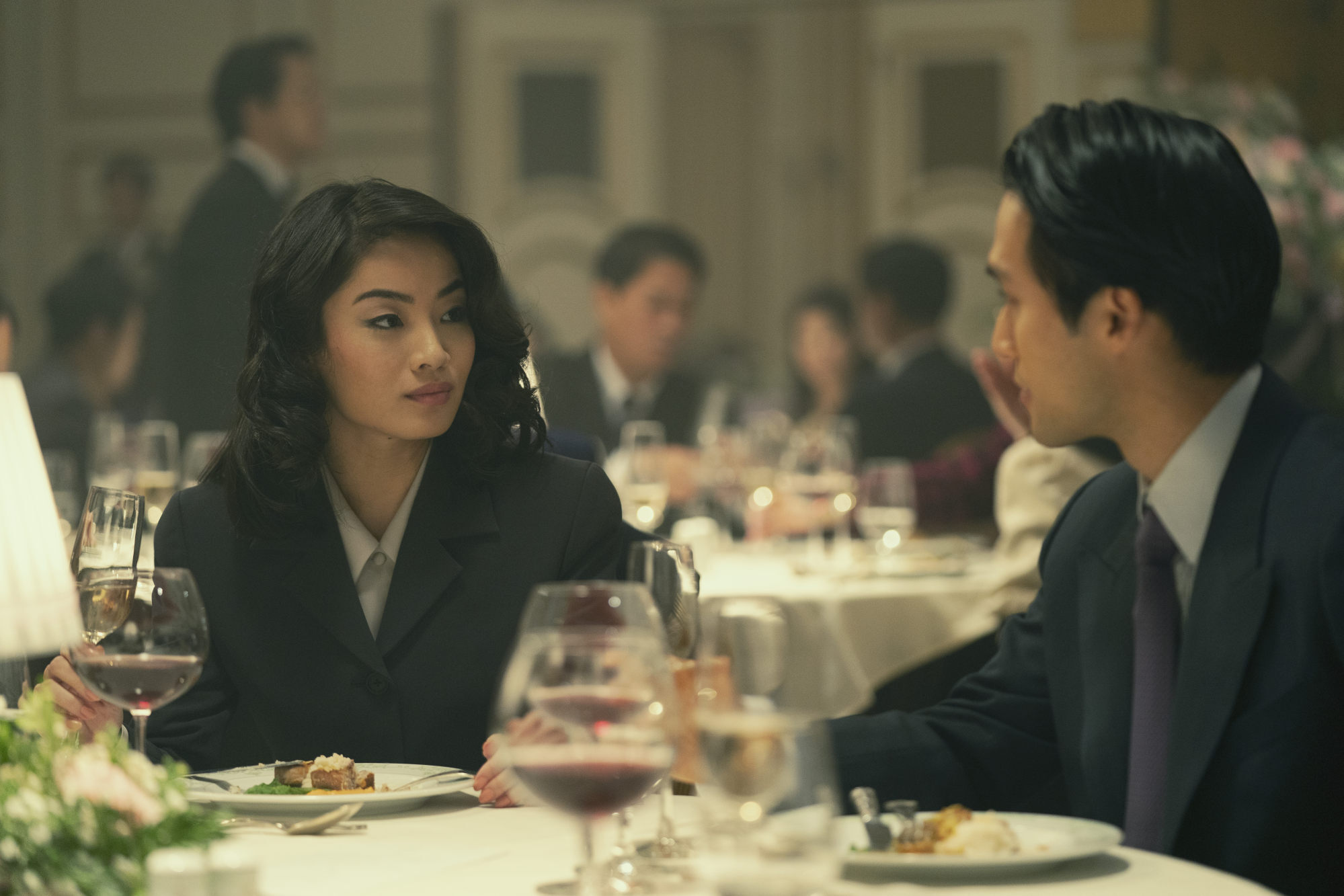
Pachinko is a much larger production than anything either Kogonada or Chon have worked on. “Storytelling is storytelling,” Chon argues nonetheless. “You adjust. You have more people to help you figure things out, help you plan and execute, but otherwise you just adjust.”
“At the end of the day, it’s the same as any other film,” Kogonada says. “You always feel that you don’t have enough time. It’s lovely getting to play with different tools, getting to work with so many talented people. It takes a little longer to make adjustments, but it’s also thrilling.”
After eight episodes, fans may worry about what’s missing from the novel. “Well, the show is meant to be ongoing,” Soo says, “but right now we’re so focused on season one.”
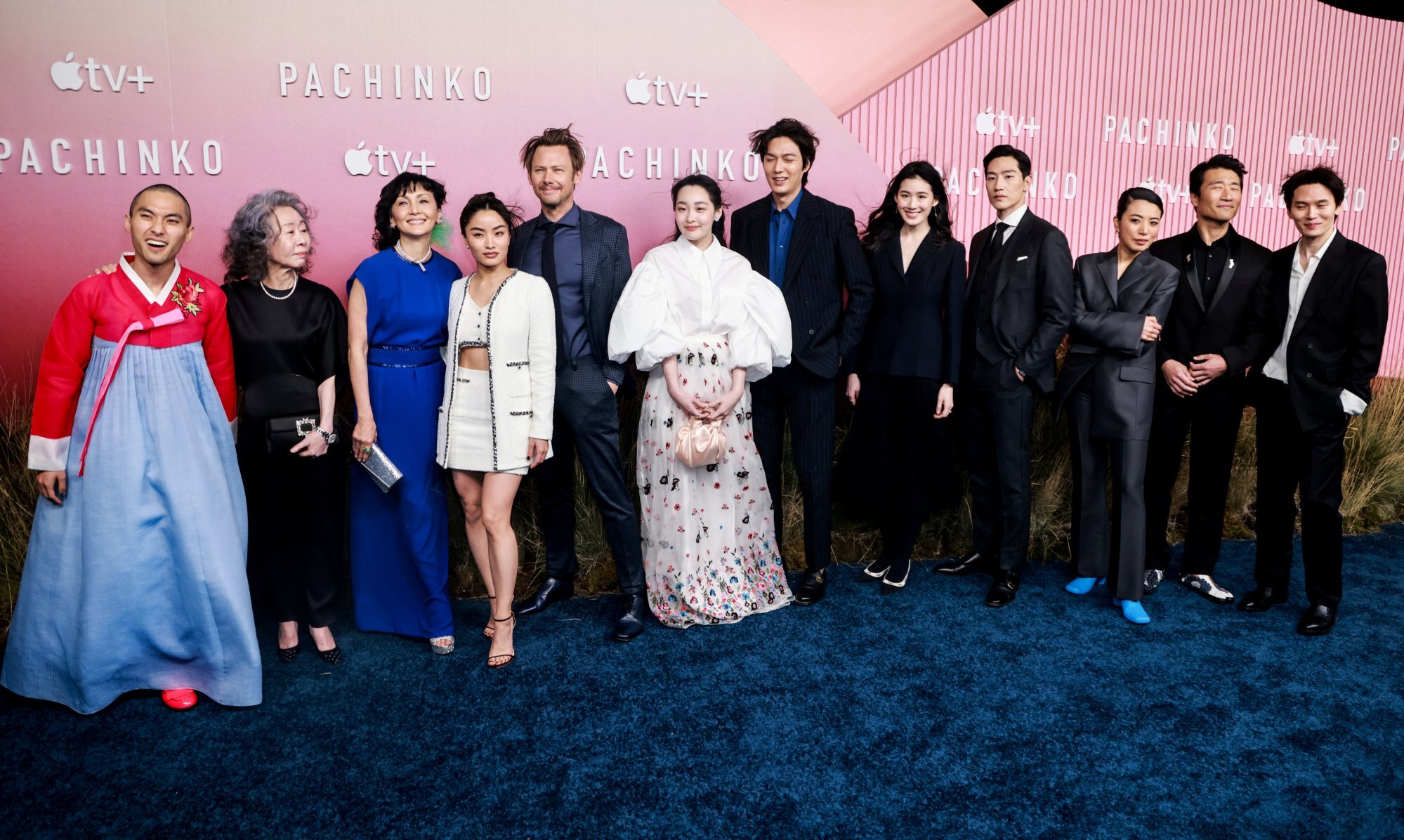
Pachinko is streaming on Apple TV+. The first three episodes are available from March 25, followed by new weekly instalments each Friday.
